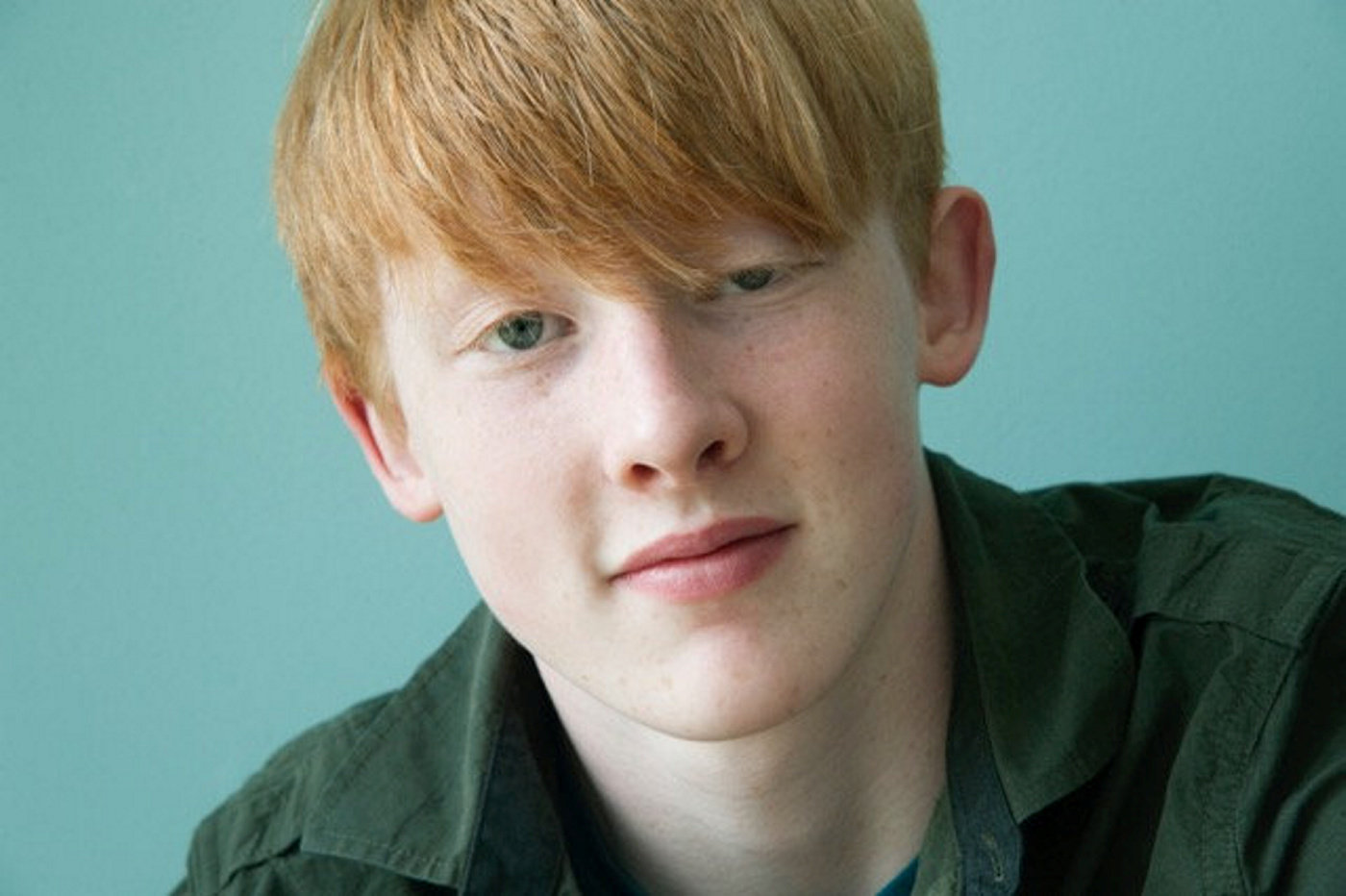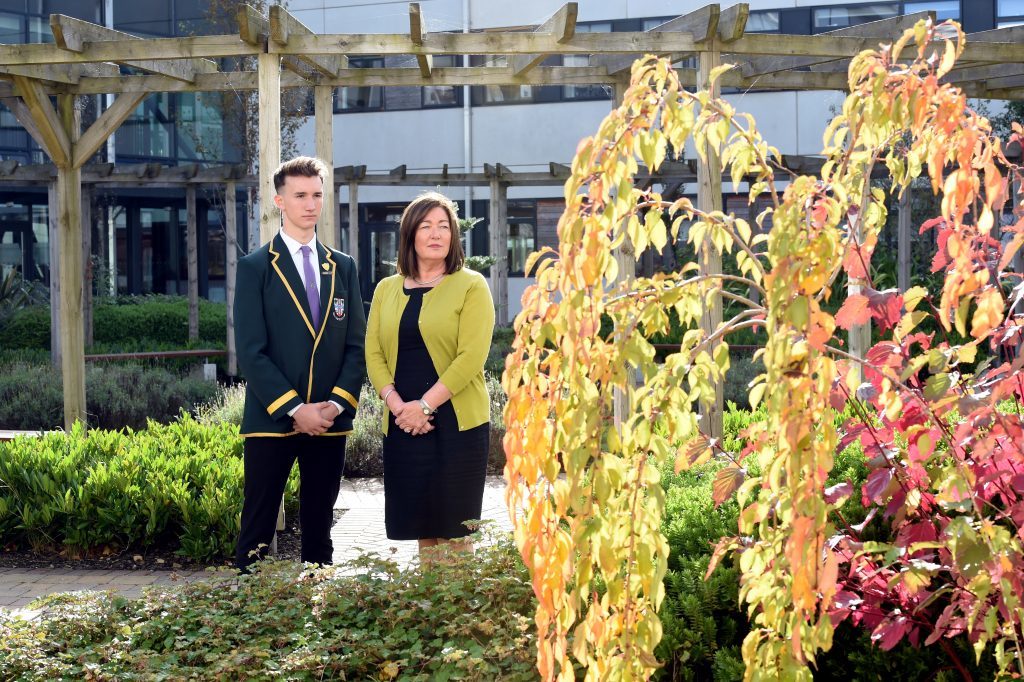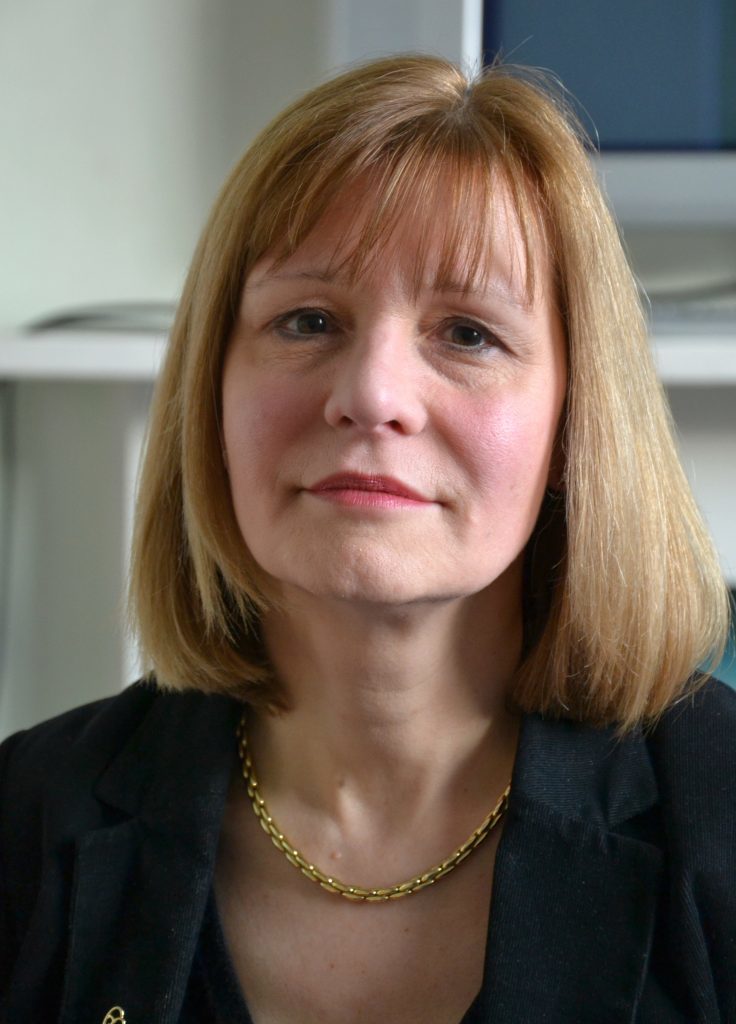The tragic death of schoolboy Bailey Gwynne has sparked a fresh debate over the controversial issue of searching schoolchildren.
As an inquiry concluded, the course of the conflict at Cults Academy in Aberdeen, where 16-year-old Bailey was stabbed a year ago, was “fatally altered” by the fact the killer had a knife.
Child protection expert Andrew Lowes, who was commissioned to review the school’s handling of the tragedy, said it could have been avoided if others who knew this had reported it to staff and the boy had been searched.
As things stand, pupils in Scottish schools have to give their consent to be searched, with police notified if consent is withheld and a child or young person is suspected of carrying a weapon.
So should the rules be changed to mirror English law?
South of the border, teachers are allowed to frisk pupils’ clothing and search bags or lockers for weapons, drugs, alcohol and stolen goods, as well as equipment such as mobile phones, iPods, iPads, MP3 players and other electronic gadgets.
Retired secondary school teacher Helen Lawrenson, who taught at various schools across Tayside, is against the idea.
“Although I have come across pupils who were drunk or under the influence of drugs in class and encountered playground scuffles, I have never experienced pupils carrying weapons in school,” she said.
“I would be unhappy about searching pupils for weapons as it raises so many questions.
“In what circumstances would this be done? Would all children be routinely searched or would teachers pinpoint ‘suspicious’ characters and ask them to turn out their pockets and their bags?
Incompatible
“I may be naive here but either seems incompatible with the everyday teacher-pupil relationship.”
Helen’s view is that senior teachers could be given the right to search pupils if a situation seems to demand it – such as a rumour or report from children or other staff.
However, the main problem, she believes, is that children do not always automatically report their own observations and suspicions regarding knife-carrying.
“Remember that pupils may be afraid of repercussions if they ‘clype’ on a fellow pupil,” she pointed out.
“We need a climate in which pupils will confide such observations in a teacher. Some children and teachers will always have that rapport – but it is not universal.
“Perhaps the death of Bailey may have given children the realisation that weapon-carrying is too serious not to be reported.”
The EIS teachers union also opposes the introduction of statutory powers to allow pupils to be searched without parental support.
General secretary Larry Flanagan said: “The experience from England, where teachers have such power, does not suggest it is a crucial area of intervention.
“Instead, the focus should continue to be on building positive relationships in schools, ensuring students are aware of the dangers associated with carrying weapons and addressing the impact of austerity cuts to support staff.”
Life-threatening risks
A concerned parent from Fife, who asked to remain anonymous, said teachers were not paid to take on potentially life-threatening risks.
“Surely the only solution is to have metal detectors on entrance doors and security guards,” he said. “That said, surely this would be a knee-jerk reaction/overreaction as such incidents are, thankfully, very rare in UK schools and for that, we should be grateful.”
Claude Knights, chief executive of children’s charity Kidscape, also has reservations about both the practicality of routine searching and the ethos behind it.
“While schools have a duty to safeguard their students, it is not easy to support the routine screening and searching of children and young people,” she said.
“This risks compromising the relationships between teachers and pupils, which need to be built on mutual respect and trust.
“The aim must be to build an open and supportive climate in which it is safe to report anxieties and concerns.”
She believes a “listening school”, in which everybody takes responsibility for safety is vital.
“Increasing the awareness of parents and encouraging their vigilance is also crucial, as is the strengthening of anti-bullying policies,” she added. “It requires commitment and responsibility.”
The Scottish Government has yet to commit to any change in the law. Justice Secretary Michael Matheson said it would consider the findings of the Aberdeen inquiry and report back in due course.
clindsay@thecourier.co.uk


